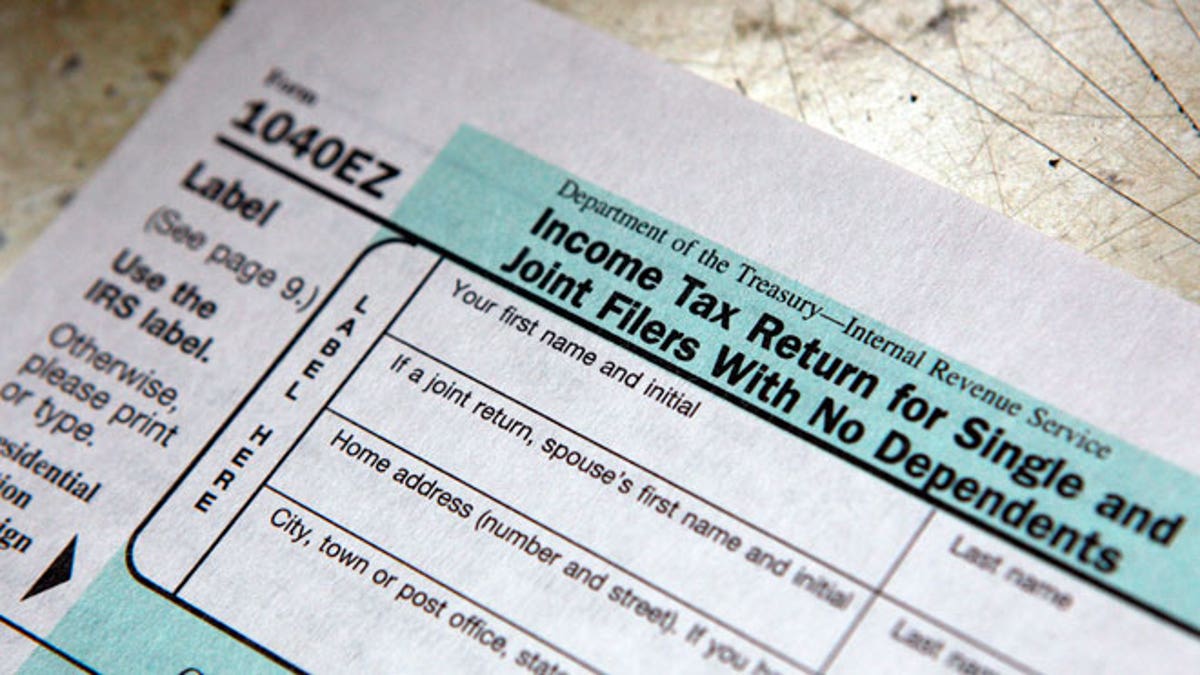
(REUTERS)
It’s been more than three decades since Congress has worked with the White House to modernize the nation’s outdated tax system. But that is all about to change.
Over the last several months, lawmakers in both chambers have laid the groundwork for historic tax reform. And it all started with the budget process, within the Budget Committee that I chair in the House of Representatives.
When our committee began writing the budget, we recognized that tax reform should be a priority, so we specifically addressed it in our plan. Through the unique tool known as reconciliation, our budget instructed tax writers in Congress to tackle reform. The Senate also acknowledged the desperate need to overhaul the federal tax code and similarly included text, in its version of the budget, to move the process forward.
However, it wasn’t until both chambers agreed to the same budget that conservative tax reform could begin in earnest. For that reason, I often called passage of the budget the “golden key” to unlock tax reform. Without the budget, we couldn’t advance or expand on the tax reform framework that received praise from President Donald Trump when it was unveiled earlier this fall.
The average middle-class family will see a $2,200 increase in wages. This will provide a welcome jolt to the economy following the lackluster years under the Obama Administration.
The good news is that things are steadily moving along. Following agreement to the same budget in both chambers at the end of October, we swiftly rolled out comprehensive tax reform legislation in the House: the “Tax Cuts and Jobs Act.” Earlier this month, the House Committee on Ways and Means, of which I am also a member, was hard at work getting the bill ready for the floor. After four full days of productive dialogue and fine-tuning the text, I was proud to see it approved by the committee. I was even prouder to see it passed on the House floor.
Along with the president, Republicans in Congress clearly recognize that something must be done about the heavy tax burden weighing down hardworking Americans and holding back job creators. We also recognize the need to bring simplicity to the tax code.
In our tax reform plan, we help low and middle-class Americans see more of their hard-earned paychecks by lowering tax rates and doubling the standard deduction for individuals and married couples. For an average middle-class family of four, that translates to nearly $1,200 off their taxes. We also establish a new Family Credit that raises the Child Tax Credit and introduces new credits for family members and other dependents. The tax code also becomes less confusing and less cumbersome, making it possible for most Americans to file their taxes on a simple post card.
Our plan rightly provides tax relief for job creators, empowering entrepreneurs and small businesses to continue opening, operating and expanding. In my state of Tennessee alone, the nonpartisan Tax Foundation estimates the “Tax Cuts and Jobs Act” will create 20,000 new jobs. And the average middle-class family will see a $2,200 increase in wages. This will provide a welcome jolt to the economy following the lackluster years under the Obama Administration.
During my nearly seven years as a member of the House, Republicans have been committed to modernizing the federal government’s outdated and overly complicated tax system. This is the year we fulfill that promise to the American people.
Without question, enacting tax reform is a challenge, but the benefits of seeing it through will be felt for generations to come. We cannot miss this opportunity.
